BACK(ING) BY POPULAR DEMAND.
The incredible story of the Debonaires’ contribution to the 1960s music scene.
’20 feet from stardom’ is a 2013 film that explains the crucial role that background vocalists play in the ‘live’ performances of many famous stars. It focuses on the relatively minimal attention they received on stage despite their considerable talent. The same can be said of the anonymous voices featured on recordings of all genres throughout the modern age that also received little recognition or acclaim, but frequently contributed significantly to the sound or success of each project. The most prolific of these must surely be Detroit’s own Debonaires – or Elsie Gray, Dorothy Garland and Joyce Vincent to name them, who were featured on literally hundreds of recordings for a wide array of artists spanning the entire North American continent. Elsie Gray remembers starting out with her high school friends. ‘Dorothy, Joyce and young lady named Delores had their own group called the Stereophonics at Pershing High School around 1962 but Delores quit so they asked me to join which I did.
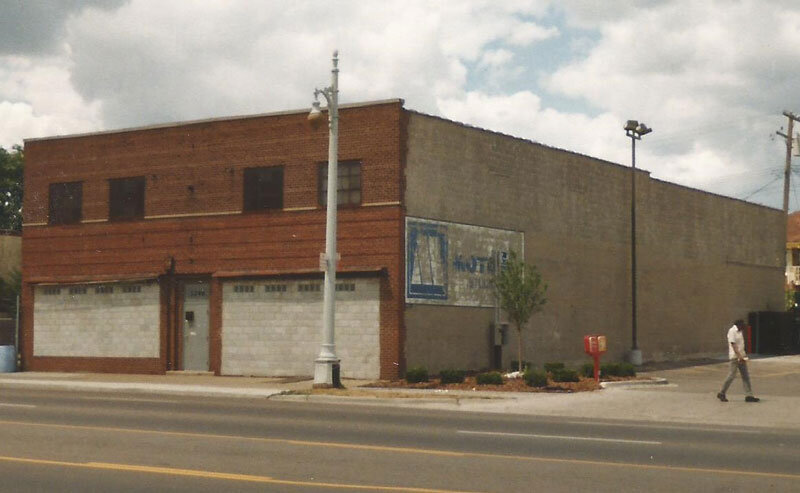
Golden World studios
One of the first songs we sang background on was for Gino Washington, then we came to the attention of Gwen Owens who used us on her song ‘Mystery man.’ She told us about Golden World and our mothers took us over there to try out. Joyce’s mom was the most enthusiastic and it was her that spoke to Bob Hamilton, who was the A&R director at Golden World, about auditioning. He referred us to Mr. Wingate who liked us but decided that we needed a stronger voice to be our lead singer, so he put an ad. in the paper and once we heard Diane we fell in love with her voice and she joined us. Diane began singing with us on ‘How’s your new love treating you’ but wasn’t really interested in singing background on other artists’ records so she didn’t do it. That was 1964 and that’s when we became The Debonaires.
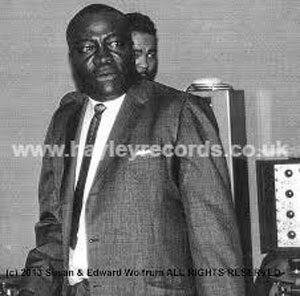
Ed Wingate
Mr. Wingate told Patsy Lewis to take us under her wing. We had met her before at the Light Ground Armoury on 8 Mile when we were singing background on ‘Gonna send you back to Georgia’ for Timmy Shaw so we already knew her. From then on they would call us to do background sessions on a regular basis, mostly at Golden World but sometimes at United Sound or some of the other studios around town. They would call our parents to arrange the times but it was always in the evenings, after school, during the week and during the day on the weekends.
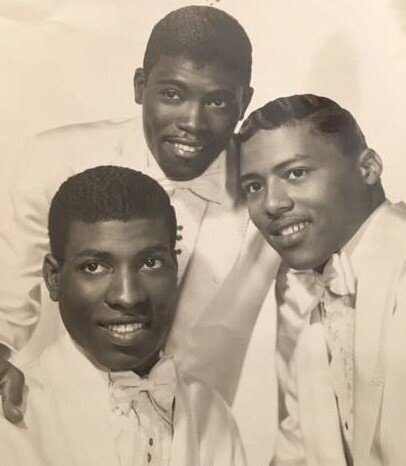
The Holidays L to R Robert Johnson, Tony Gray, Eddie Anderson
We recorded under our own group name too but it was mainly background work. Patsy would sometimes join us on sessions too.’ On many occasions the Debonaires would team up with fellow label mates, the Holidays – Tony Gray, Robert Johnson and Willie ‘Butch’ Johnson, who was later replaced by Eddie Anderson when he (Willie) was drafted into the military, to provide a slightly different sound. Dorothy Garland recalls how the pairing went at Golden World. ‘If it was one of the female singers like Barbara (Mercer) or Rose (Battiste) for example, they would always use us alone but for the guys like Edwin or J.J. they would frequently use us both. It just depended on the sound the producer was looking for. The only time I can remember when they didn’t use either of us was ‘Stop her on sight’ when the Meditation Singers with Laura Lee were brought in. I don’t know why Mr. Wingate did that because we all could have handled it.’
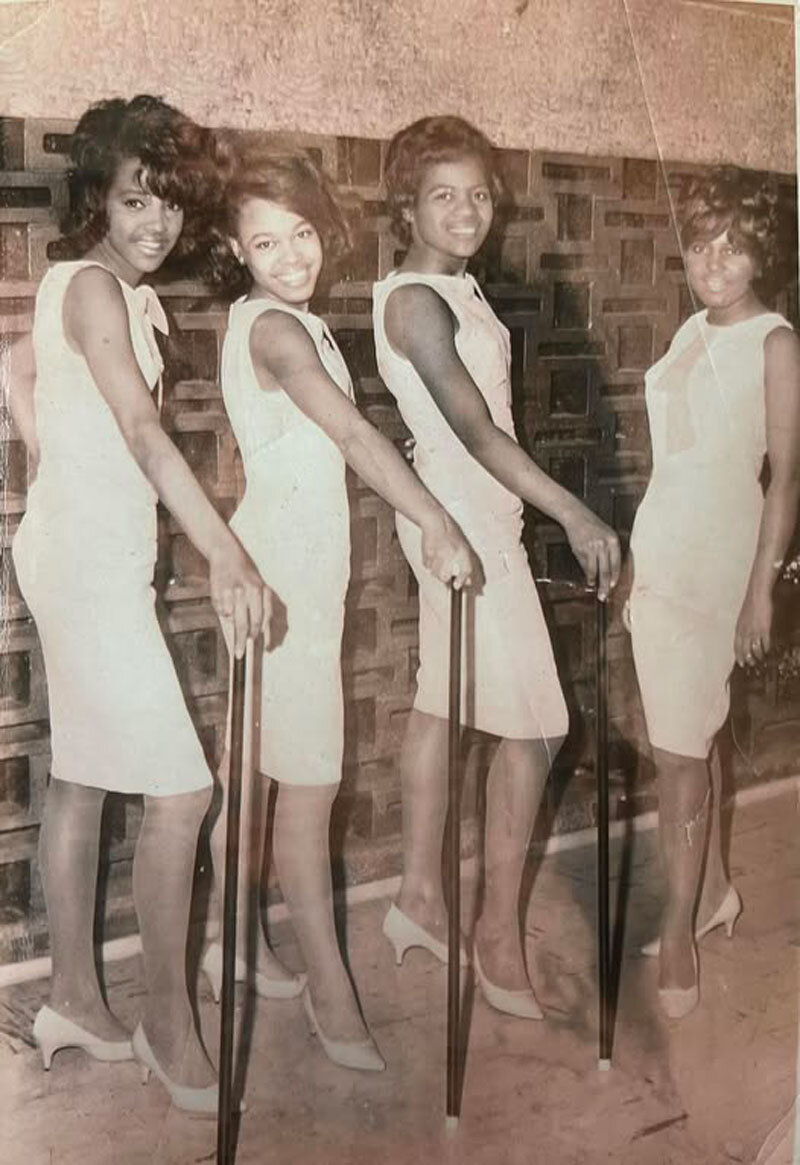
The Debonaires photo L to R: Joyce Vincent, Elsie Gray, Dorothy Garland, Diane Mathis
Photo courtesy of Jim O'Hara
Throughout their career, the Debonaires would sing on literally hundreds of recording sessions, many of which were well known songs that became huge hits. And it wasn’t just on Detroit sessions either. As their reputation blossomed record labels from around the country would come a calling, although, according to Elsie Gray the bulk of their work did take place at Golden World. ‘From the time we started singing together most of the songs we sang on would be at Golden World. We knew our own artists because we saw them all the time but then other sessions would come in and we didn’t know who brought them in or, on many occasions, who they were for – put it this way, we never met them! Most of the time the lead vocal and (backing) track was what we heard – we would then plan out our arrangement and then add our vocals and go on to the next one. We would usually complete four to five songs on each session.
I remember us adding vocals to Nolan Strong’s ‘Village of love’ and that’s us on Betty Everett ‘The shoop shoop song’’ Another of the first big hits they sang on came from across the city. Dorothy recalls contributing to a Motown session in late 1963. ‘We added vocals to the Mary Wells song ‘What’s easy for two is so hard for one’ at Golden World but I don’t know why they didn’t use their own in house female backing singers, Andantes. We did it again a couple of years later – that’s us and the Holidays on Tammi Terrell ‘Come on and see me’, the Isley Brothers ‘This old heart of mine’ and ‘There’s no love left’ and we both sang background on ‘Do I love you’ for Frank Wilson, but that one was done at United Sound.’
For Detroit ‘rare soul’ enthusiasts, the list of their contributions to classic tracks is truly breathtaking. That’s them on ‘My world is on fire’ for Jimmy Mack, ‘Love finds a way’ on Margaret Little, both Dennis Edwards tunes on International Soulsville, Melvin Davis cuts, most of the ‘Pied Piper’ material, Ed Crook, Emanuel Laskey on Thelma, Larry Wright, all Jack Montgomery’s singles, to name a few and scores more – the list is almost endless! Elsie recalls many of the more obscure sessions. ‘Popcorn would always use us on his sessions because he knew us from his time at Golden World and just about anybody that wanted to record and try and get a hit in the city would use us. I remember we did one of Luther Ingram’s first recordings ‘If it’s all the same to you babe’ for Joe Hunter and Bob Bateman and ‘I spy for the FBI’ for Popcorn and then years later, when he recorded down at Stax in the late 1960s, insisted that we be on his sessions. Patsy was important in our work because she was the first point of contact when setting things up, and then she would call us. She knew a lot of people in the industry and got a great reputation for being able to provide professional background vocals. ’
To fully understand how the recording process worked in the ‘60s, the whole concept that artists, usually groups, and some musicians, played or sang on their own material has to be dispelled. The most blatant example of this was highlighted by the contribution that the ‘Wrecking Crew’, the studio band, at Gold Star studios in Los Angeles made to recordings by the Beach Boys, Mamas and Papas, Monkees, Turtles et al, when, to ensure optimum sales success, individual group members were prevented from playing on recordings in favour of more proficient players, and this happened with vocalists too. Many labels faced a similar dilemma when groups were touring yet recordings needed to be made. It was not uncommon for the lead singer to brought off tour to record, while session singers provided background vocals on the recordings.
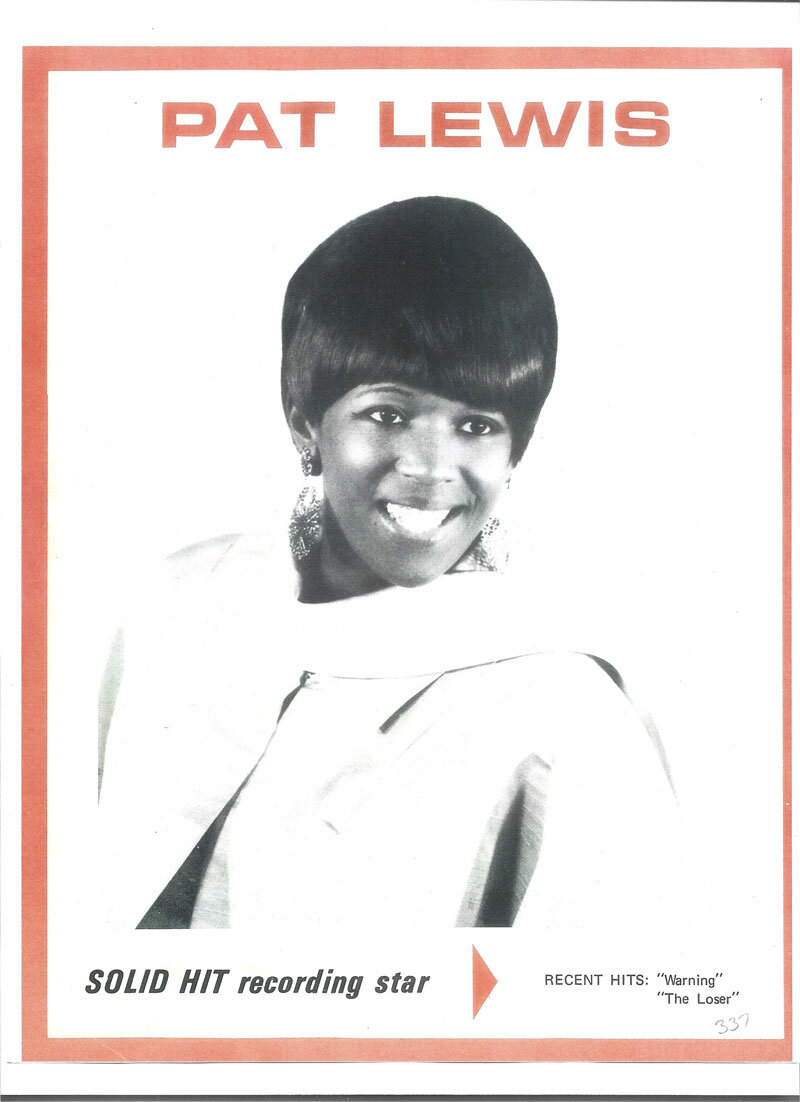
Pat Lewis
Against this backdrop, the Debonaires, Holidays and Pat Lewis became well known in the industry as some of the best and brightest contributors and were frequently used on sessions from around the country, as Elsie Gray explains ‘ Yes, from as early as 1963 we would add vocals to almost completed projects that just needed our sound added, or sometimes where we would ‘fatten out’ existing background vocals. That’s us on Bettye Swann’s ‘Make me yours’ which came from LA, and we did ‘Apples, peaches, pumpkin pie’ for Jay and the Techniques, The Tams ‘Be young be foolish be happy’ ‘Here I go again’ for Archie Bell, all Darrell Banks’ records, Freddie Hughes ‘Send my baby back’ . I remember one of the few ‘live’ tracks we did was with the O’Jays at Golden World. We sang with them on ‘I’ll never forget you’ and a couple of others. It didn’t happen often but sometimes we would go to other cities to record. We did ‘Baby boy’ on Juanita Williams in New York because Mr. Wingate wanted Sammy Lowe to arrange and conduct the session, and another time we all went to Chicago to record Freddie Gorman’s ‘Take me back’ and ‘Can’t get it out of my mind’. I don’t know why but we did !’
The number of hit songs that would be added to their repertoire increased significantly as the 1970s dawned. Dorothy Garland explains. ’By 1970 we had pretty well disbanded the Debonaires as a working and recording group. Joyce left us with Telma Hopkins to join Tony Orlando as Dawn and they had some big hits. After Golden World was sold to Motown we still did background sessions but usually at United Sound, and as the Debonaires we joined Solid Hitbound Productions with LeBaron Taylor. We had a couple of local hits but nothing on a national scale. Although this is a huge country, the recording industry was much more connected and informed and people get to talking about things.
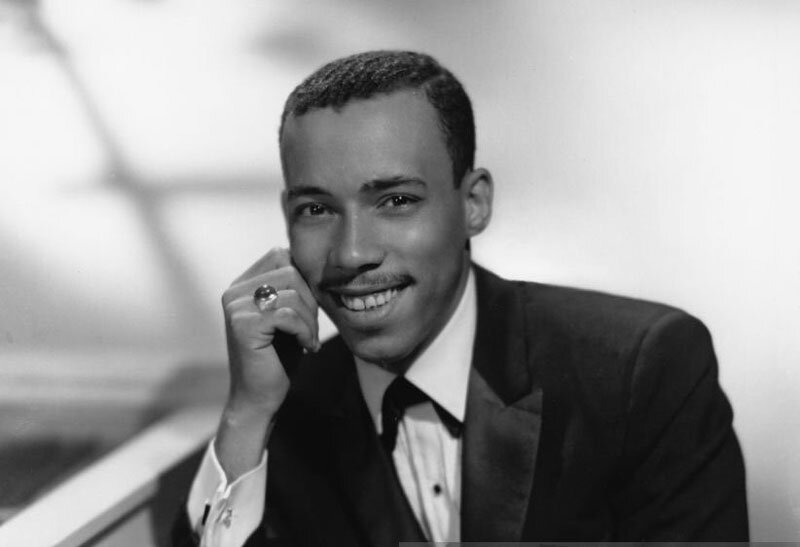
Gene Redd
We had met Gene Redd when he came to Golden World and he really liked our style. Gene was instrumental in getting us a lot of sessions. We had done some of Archie Bell’s tunes, who was from Philly, so those guys there knew who we were and Van McCoy and his cousin Rosie had done work at Golden World so they knew of us. Being so close to Chicago meant that we did sessions there too. That’s us on Tyrone Davis ‘If I could turn back the hands of time’ and we did ‘Love makes a woman’ and ‘Am I the same girl’ for Barbara Acklin. Elsie mentioned Luther Ingram earlier and that makes me think of his ‘If loving you is wrong’ album that we sang on with Patsy. We did ‘Ain’t that loving you’,’To the other man’,’You were made for me’,’I’ll be your shelter’, ‘Putting game down’ and ‘Always’. Patsy had strong contacts at Stax which lead to us all singing on ‘Mr. Big Stuff’ too for Jean Knight. Fond memories.’ Diane Mathis’ recollection of the demise of Golden World and the subsequent Motown purchase is tinged with sadness and some resentment as she recalls how the group were treated. ‘We really thought that this would be our big break. We knew that the Debonaires had got what it took to be major stars – we were young, pretty and could really sing and we were excellent performers on stage with elegant dress sense. Our parents provided us with that. I think Motown knew this but didn’t want us competing with the Supremes so they didn’t sign us. It was a corporate power move by Motown.’
The incredible number of songs the Debonaires, the Holidays and Pat Lewis sang on must surely elevate them to a ‘Background Singers Hall of Fame’ if such an institution ever comes to pass. As Elsie said recently ‘I’m so proud of what we achieved and I’m always coming across songs we sang on but I’d forgotten about. Just the other day I heard Al Green’s ‘Back up train’, and then ‘Cool jerk’ by the Capitols on the radio and it reminded me of those days. And it all began back at Golden World with Mr. Wingate and all those incredible people. I can see us now in that darkened studio when we did our thing. I don’t know why, but we always had to have the lights down low. I guess it was to create an atmosphere. They were the best days of our lives and I miss them dearly. Mr. Wingate was very good to us and it was so much fun.’ The Debonaires contribution to modern culture may never be fully realised. Fortunately, their legacy will be remembered and revered around the world by those of us who value their crucial role in the history of soul music in general, and Detroit rhythm and blues in particular.
Writer’s note:
This tribute to the group is dedicated to founding member Elsie Gray (nee Baker) who passed away on 15th July 2025. Her dynamic talent and personality was a major factor in the Debonaires’ success. She will be greatly missed by friends, relatives and fans and will never be forgotten.
Rob Moss
July 2025





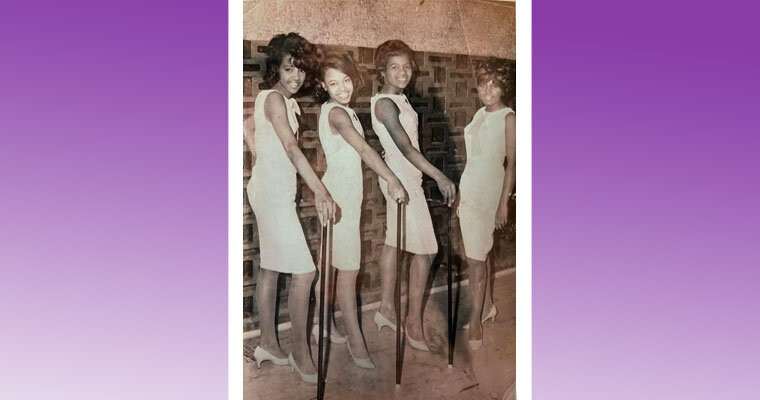
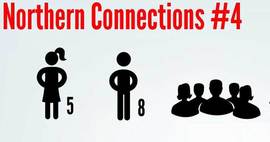
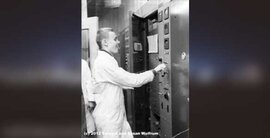
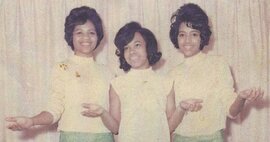



Recommended Comments
Get involved with Soul Source